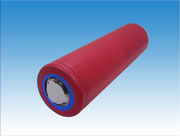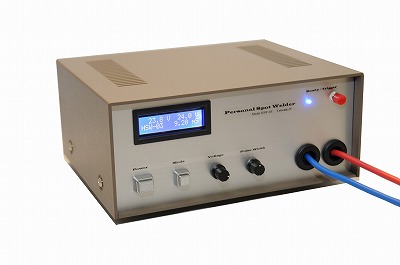The Evolution of SMB Connectors: History, Standards, and Applications

Introduction
In the realm of radio frequency (RF) and microwave engineering, connectors play a pivotal role in ensuring signal integrity and system reliability. Among the myriad of RF connectors, the SMB (SubMiniature version B) connector stands out for its compact design, quick connect/disconnect feature, and widespread adoption across various industries. This article delves into the history, standards, and applications of the SMB connector, highlighting its significance in modern communication systems.
Historical Background
The SMB connector was developed in the 1960s to meet the growing demands of high-frequency applications. Initially designed for military and aerospace purposes, its robust performance and compact size led to widespread adoption in commercial sectors. The connector’s snap-on coupling mechanism ensures a secure connection, making it suitable for environments where vibration and mechanical stress are concerns. Wikipedia
Technical Specifications
- Impedance: 50 ohms or 75 ohms
- Frequency Range: DC to 4 GHz (standard), with some versions supporting up to 10 GHzWikipedia+3amphenolrf.com+3LenoRF+3
- Coupling Mechanism: Snap-onCHIN NAN+4amphenolrf.com+4airelectro.com+4
- Material: Typically brass with nickel or gold plating
- Durability: Rated for up to 500 mating cycles
- Standards Compliance: MIL-C-39012, MIL-STD-348, IEC 60169-10 amphenolrf.com
Design and Compatibility
The SMB connector features a snap-on coupling mechanism, allowing for quick and reliable connections. It is smaller than the SMA connector, making it suitable for applications with space constraints. The connector is available in both 50-ohm and 75-ohm versions, but it’s important to note that these are not intermateable due to differences in dielectric dimensions. CHIN NAN
Applications
SMB connectors are widely used in various industries due to their reliability and performance:
- Telecommunications: Used in radio and television broadcasting equipment.
- Test and Measurement: Found in oscilloscopes, signal generators, and other RF testing equipment.
- Computer Networks: Employed in early Ethernet networks (10BASE2).
- Security Systems: Utilized in CCTV camera connections.
- Medical Equipment: Used in devices like ECG machines for signal transmission.
- Automotive: Integrated into vehicle communication systems. amphenolrf.com
Advantages of SMB Connectors
- Quick Connect/Disconnect: The snap-on coupling mechanism allows for easy and secure connections.coaxicom.com+4amphenolrf.com+4airelectro.com+4
- Compact Size: Ideal for applications with space constraints.
- Versatility: Suitable for both analog and digital signal transmissions.
- Cost-Effective: Offers reliable performance at a reasonable cost.Wikipedia+1CHIN NAN+1
Considerations for Use
While SMB connectors offer numerous benefits, certain considerations should be kept in mind:
- Frequency Limitations: Not suitable for applications requiring frequencies above 10 GHz.
- Impedance Matching: Ensure the connector’s impedance matches the system’s requirements to prevent signal reflection.
- Durability: Limited mating cycles; excessive use can degrade performance.
Global Sourcing and Shipping Advantages
For businesses and engineers sourcing SMB connectors, Shipping to Japan where tariffs are cheaper than China presents a strategic advantage. Japan’s favorable trade agreements and lower import duties can result in cost savings and streamlined logistics, making it an attractive destination for procuring high-quality RF components.
Conclusion
The SMB connector’s enduring presence in the RF and video industries is a testament to its robust design and adaptability. From its origins in military applications to its widespread use in modern communication systems, the SMB connector continues to be a cornerstone in ensuring reliable and efficient signal transmission. As technology advances and the demand for high-frequency applications grows, the SMB connector’s relevance and utility are poised to remain strong.






